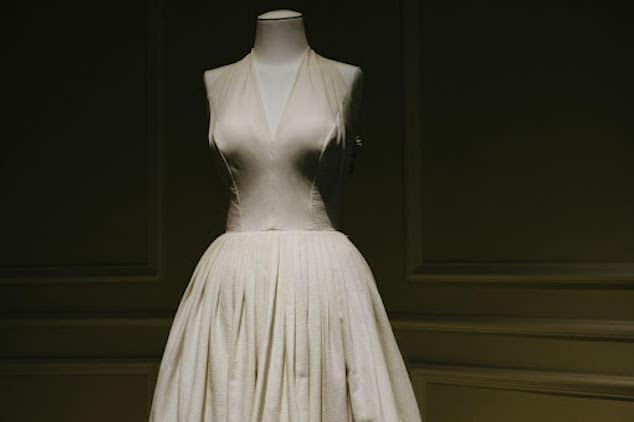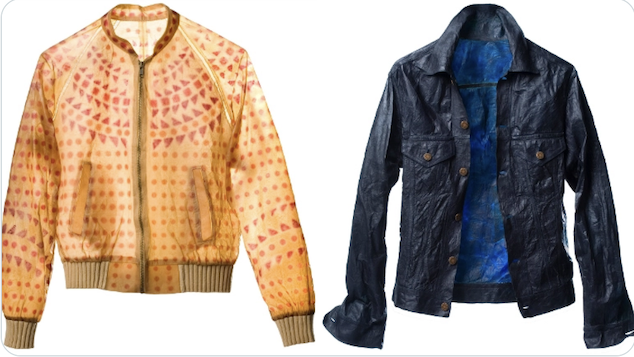

Fashion industry trends: How innovations & shifting consumer values are changing the landscape of how manufacturers make clothes and how we choose to wear them.
The fashion industry has always been a major driver of cultural change, reflecting social, political, and technological developments across history. As we head into the future, the fashion landscape continues to evolve, shaped by emerging technologies, sustainability concerns, and shifting consumer values.
This article will explore the key trends and innovations that are expected in the coming years, influencing how we produce, wear, and experience fashion.
Sustainability and Ethical Fashion
In response to growing environmental concerns and ethical issues surrounding fast fashion, the future of fashion will prioritize sustainability and responsible consumption. Consumers are becoming ever-conscious of the impact their choices have on the environment and society, and brands are responding with a focus on ethical practices.
Expect to see more eco-friendly materials, supply chain transparency, and upcycling initiatives. Furthermore, circular economy models will become the norm, with a shift from disposable fast fashion to high-quality, long-lasting, and repairable garments.
Digital and Virtual Fashion
The rise of digital and virtual technologies has given birth to a new era of fashion experiences. With advancements in virtual reality (VR), augmented reality (AR), and 3D rendering, consumers can now engage with fashion in novel ways.
Virtual fashion shows, digital fitting rooms, and customizable avatars will become increasingly popular, providing immersive and personalized experiences for users. Moreover, the rise of digital clothing and accessories will create new opportunities for designers, enabling them to explore innovative designs and materials without the constraints of physical production.
Smart and Functional Clothing
The integration of technology into clothing is redefining the possibilities of fashion, blurring the lines between style and function. Smart clothing, infused with sensors and other electronic components, will enable garments to monitor and respond to the wearer’s physical and emotional states.
For example, garments could adapt to temperature changes, provide haptic feedback, or track vital signs. In the future, fashion will not only serve an aesthetic purpose but also support well-being and enhance human capabilities.
AI-Driven Design and Production
Artificial intelligence (AI) is poised to play a significant role in shaping the future of fashion. Machine learning algorithms can analyze vast amounts of data, allowing designers to create garments that cater to individual preferences and emerging trends.

Fashion industry trends: New Innovations & shifting consumer values.
AI can also streamline the production process, from optimizing patterns and textile usage to predicting demand and managing inventory. As AI becomes more sophisticated, we can expect to see an increasing shift in personalized and efficient fashion design and manufacturing processes.
Biotechnology and Biofabrication
Biotechnology is set to revolutionize the fashion industry by offering innovative and sustainable solutions for material production. Biofabrication, the process of creating materials through biological processes, holds immense potential in producing textiles with unique properties and minimal environmental impact.
In the future, we may see the mainstream adoption of materials like lab-grown leather, spider silk, and algae-based fabrics. These materials not only offer sustainable alternatives to traditional textiles but also open up possibilities for novel textures, colors, and forms in fashion.
Made-to-Order and Customization
As consumers increasingly demand unique and personalized products, the fashion industry will need to adapt to accommodate these preferences. Made-to-order and customization options will become more prevalent, with brands offering bespoke services that cater to individual body shapes, style preferences, and functional needs.
Personalized accessories, such as jewelry and eyewear, will also become the norm, with consumers expecting a greater level of customization in these areas. For instance, bespoke jewelry will allow customers to choose specific materials, designs, and engravings, making each piece truly one-of-a-kind. Similarly, eyewear, including sunglasses, will be tailored to the wearer’s prescription and personal preferences, moving away from the one-size-fits-all approach of off-the-shelf sunglasses.
In addition, advances in 3D printing and digital knitting technologies will enable the rapid and cost-effective production of customized garments and accessories, further democratizing fashion and reducing waste. By embracing customization, the fashion industry will cater to the growing demand for unique and personalized products, fostering a more individualized and satisfying shopping experience for consumers.
Inclusivity and Gender Fluidity
The future of fashion will be characterized by a growing focus on inclusivity and gender fluidity. As societal norms around gender and identity continue to evolve, the fashion industry must adapt to reflect this diversity.
Expect to see a wider range of sizes, adaptive clothing for people with disabilities, and gender-neutral collections that cater to all. Brands will increasingly collaborate with diverse models and influencers to challenge conventional beauty standards and promote body positivity. By embracing inclusivity and gender fluidity, the fashion industry will foster a more welcoming and empowering environment for consumers of all backgrounds and identities.
Collaborative Consumption and Fashion Rental
The sharing economy has already made its mark on industries like transportation and hospitality, and the fashion industry is no exception. Collaborative consumption and fashion rental services will continue to gain traction as consumers seek out cost-effective and sustainable alternatives to purchasing new clothing.

Renting garments and accessories allows users to access high-quality, designer pieces without committing to ownership, thereby reducing waste and promoting a more circular approach to fashion. As these platforms become more widespread, we can expect to see a shift in consumer behavior and a reduced emphasis on ownership.
Fashion Education and Upskilling
The future of fashion will demand a new generation of professionals equipped with a diverse set of skills and knowledge. As the industry continues to evolve, fashion education must adapt to prepare students for the challenges and opportunities that lie ahead.
Designers, for example, will need to understand sustainable materials, digital design tools, and emerging technologies like AI and biotechnology. Moreover, fashion education will need to foster a culture of collaboration, creativity, and problem-solving, ensuring that the next wave of fashion professionals is prepared to drive the industry forward.
The Future of Style
The future of fashion is rife with possibilities, as emerging trends and innovations reshape the way we produce, wear, and experience clothing. Sustainability, digitalization, artificial intelligence and inclusivity will be central themes in the years to come, transforming the industry and challenging long-standing practices.
From smart clothing to biofabrication, these developments will not only redefine fashion but also open up new opportunities for designers, entrepreneurs, and consumers alike. Embracing change and fostering innovation will be crucial in ensuring a more sustainable, inclusive, and dynamic future for the fashion industry.






